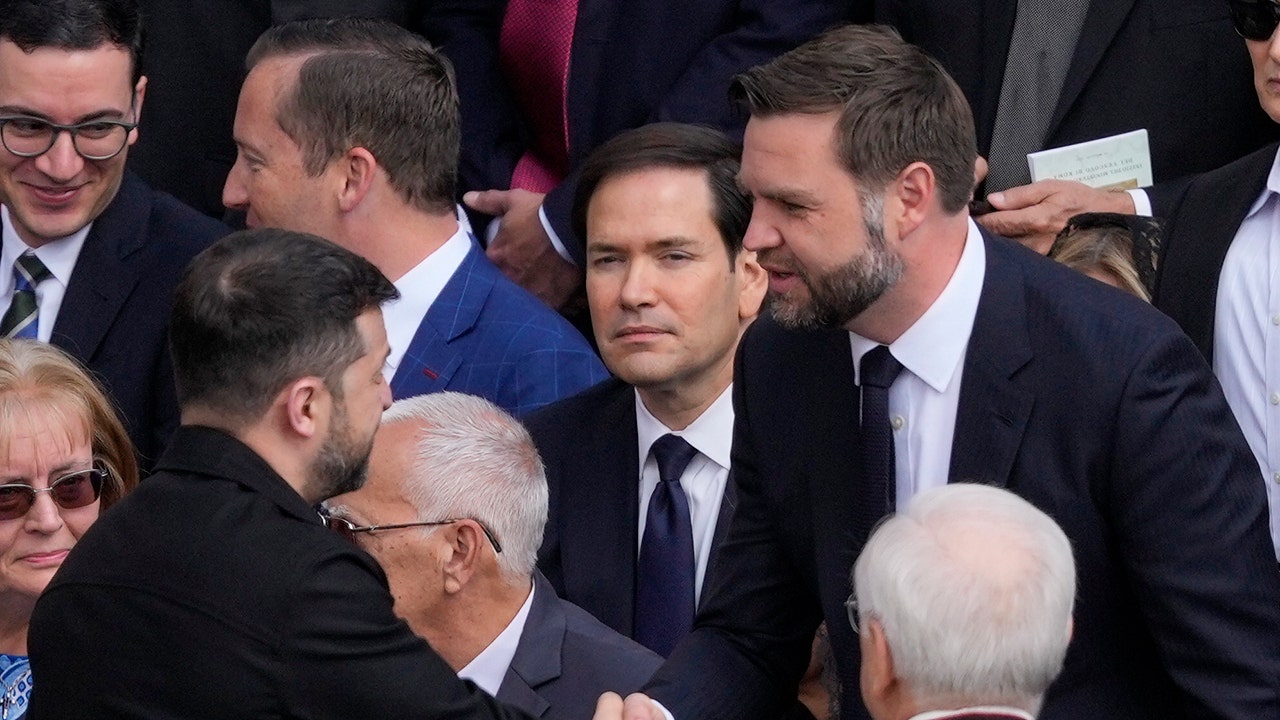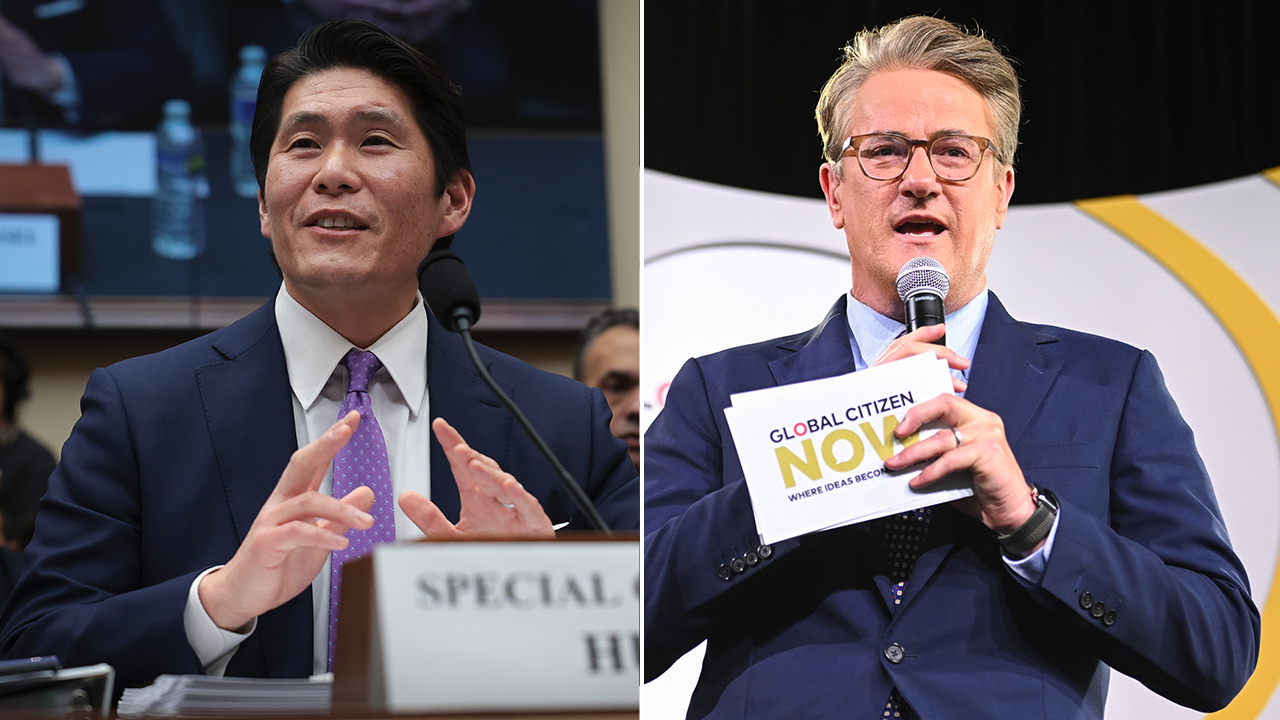Jens Ludwig is an economist who’s seen some things. A longtime gun-violence researcher who directs the University of Chicago’s Crime Lab, he’s accompanied cops to murder scenes and on high-speed chases.
America’s efforts to control gun violence, he argues in Unforgiving Places, are coming up short. Liberals’ focus on “root causes” and conservatives’ support for incarceration both seek to shape the deeper incentives surrounding violence—and to incapacitate violent people, in prison’s case. These approaches have their uses, but they fail to capitalize on an important detail about how violence tends to happen.
Violence isn’t usually cold, calculated, and rational; it generally doesn’t come from economic motives, logical cost-benefit analysis, or a stable, pathological drive to inflict pain on the innocent. Instead, it most often happens in 10-minute windows of heated arguments and decisions made under stress. Ludwig repeatedly invokes the late psychologist Daniel Kahneman’s concepts of “System 1” and “System 2” thinking—the former being automatic and instinctual, the latter more careful, slow, and effortful.
The trick, Ludwig proposes, is to intervene in those 10-minute windows where System 1 takes over and wreaks havoc, which can be done in several ways. “Social control” approaches highlight the ability of onlookers to stop errant behavior: Elements of urban planning, from simple lighting to Jane Jacobs-style neighborhoods that closely mix businesses and residences and create a sense of cohesion, can provide more visibility and “eyes on the street” to prevent situations from turning violent. Police presence can help too, even when cops don’t actually make arrests. There are also promising programs, many of them studied by Ludwig’s lab in Chicago, that aim to teach those at high risk of violence how to interrupt their own problematic thought patterns when no one else does.
Ludwig is a bit gung-ho at times. He paints his central insight as more of a breakthrough than it really is—few will be surprised to hear that lots of murders stem from people losing their tempers in arguments—and occasionally oversells his policy solutions. But we’re not going to, say, end poverty, eliminate guns, and lock up all males from the ages of 15 to 29 anytime soon, so America’s homicide problem demands nuanced, layered solutions. And the types of ideas Ludwig embraces are underused.
Ludwig frequently returns to a Windy City conundrum: Why do the South Shore and Greater Grand Crossing neighborhoods have such different rates of shootings? They are similar demographically—majority-black and modest-income—and since they border each other within the same city, they are subject to the same government policies. And yet in some years Greater Grand Crossing is fully twice as violent. The two places are representative of a broader pattern: While rich neighborhoods are pretty consistently safe, poorer neighborhoods like these two vary widely in their level of violence.
What causes the discrepancy? Ludwig highlights some key features of the neighborhoods that contribute to greater social control on the South Shore. That neighborhood sits right on Lake Michigan, which led to the denser mixed-use development of the kind Jacobs advocated and created a greater sense of liveliness. South Shore also has a higher ratio of prime-age adults to children and teens (2.5 vs. 1.8 people age 20 to 49 for every person age 5 to 19), which also could contribute to greater supervision of public places. Greater Grand Crossing, meanwhile, is home to high-volume transportation nodes that bring in large numbers of strangers and might overwhelm the neighborhood’s cohesion, and also more vacant lots and liquor stores. Its residents seem less likely to call 911 after hearing a gunshot as well.
I’m not sure Ludwig has nailed down the full story here. For example, the age-ratio gap and prime lakeside position of the South Shore could point to important differences in the types of households that choose each neighborhood, even if they have a similar race and income mix, and in a footnote Ludwig notes a large gap in kids being raised by single parents as well.
Regardless, Ludwig marshalls a fair amount of evidence that efforts to interrupt System 1, both through social control and by helping people recognize and correct their own wayward thought processes, can work. Readers who can spare the time for only one chapter should make it the eighth, called “Weight of Evidence.”
For example, moving kids out of public housing and into nicer, presumably better-supervised neighborhoods seems to reduce their violent-crime arrests, at least in the short term, per a 2005 study that Ludwig coauthored (though the study’s abstract cautioned that moving also “increases problem behaviors and property crime arrests”). Other research finds that crime rises when businesses close and the accompanying eyes on the street stop showing up, that hiring police or security guards reduces crime, and that crime declines when better lighting is added or vacant lots are cleaned up.
Another approach is to train people at risk of violence to interrupt System 1 themselves, such as through cognitive behavioral therapy or CBT (about which my colleague Carolyn Gorman and I wrote an issue brief for the Manhattan Institute recently). The idea is to teach people to recognize hasty and distorted thinking patterns and intentionally slow them down. For decades programs have applied this technique to violent impulses, both in prisons’ rehabilitation efforts and in programming targeted to the broader community.
Ludwig’s Crime Lab has been busy studying Chicago-based CBT programs for some time, assigning participants to programs and control groups in randomized experiments. The results have been promising on balance, but with significant disappointments sprinkled in.
Take the program Becoming a Man, which works with male adolescents in low-income areas. In two early randomized trials, it reduced violent-crime arrests by about half, a highly impressive effect. Yet Ludwig admits the program “may have lost some of its amazing effectiveness” as it was scaled up after that point, which is a common problem with such programs—small efforts led by highly motivated people might have transformative effects, but the same ideas implemented “at scale” by everyday staff might not. Ludwig spells out the details in a footnote: As the program expanded, its effect on violent-crime arrests seemed to “get smaller,” and “the confidence interval around that estimate now includes zero. So we can’t reject the null hypothesis that the program has no effect at large scale.”
I don’t mean to be overly pessimistic by emphasizing the caveats here; as Gorman and I outlined in our brief, these kinds of cognitive interventions have a long history, and they seem to work at least in some circumstances. Preventing a murder is extremely valuable, so even modest effects are worth investing in. Nonetheless, the enormous crime-reduction claims that accompany discussions of these programs deserve some skepticism.
Ultimately, the reasonable takeaway from Unforgiving Places is that we need a multifaceted approach to gun violence. Yes, we need to lock up repeat offenders with a propensity to violence, and yes, we need to keep guns away from people who shouldn’t have them and make progress against poverty while we’re at it, too.
But we also need to be paying attention to the research Ludwig spotlights here—showing that sometimes, stopping a murder is as simple as intervening at the right place and the right time.
Unforgiving Places: The Unexpected Origins of American Gun Violence
by Jens Ludwig
University of Chicago Press, 352 pp., $27.50
Robert VerBruggen is a fellow at the Manhattan Institute.
Read the full article here










